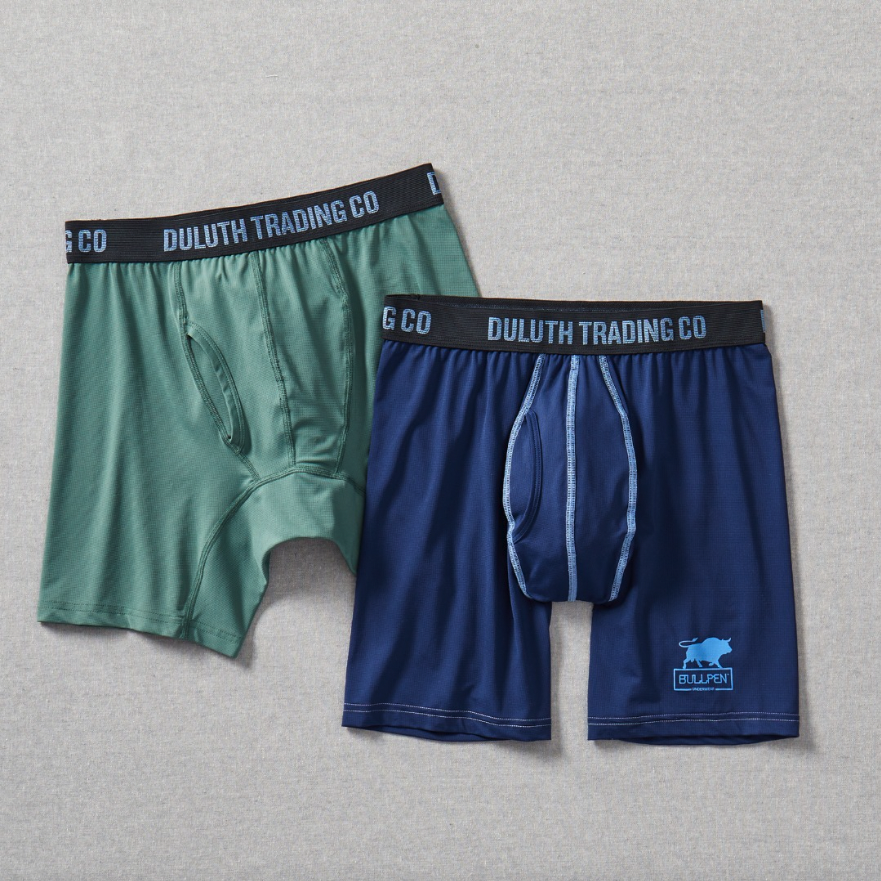
A Short History of Wearables & What the Future of Wearable Tech in Healthcare Will Look Like
May 1, 2024 – From its inception as a collection of cumbersome gadgets to its transformation into sleek, almost invisible tech integrations, wearable technology has come a long way…






